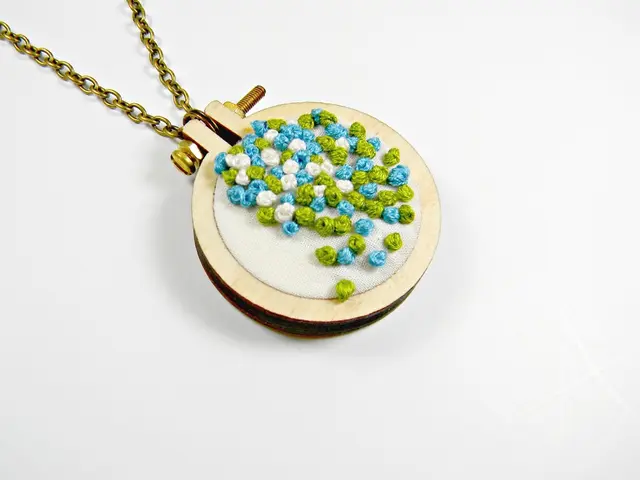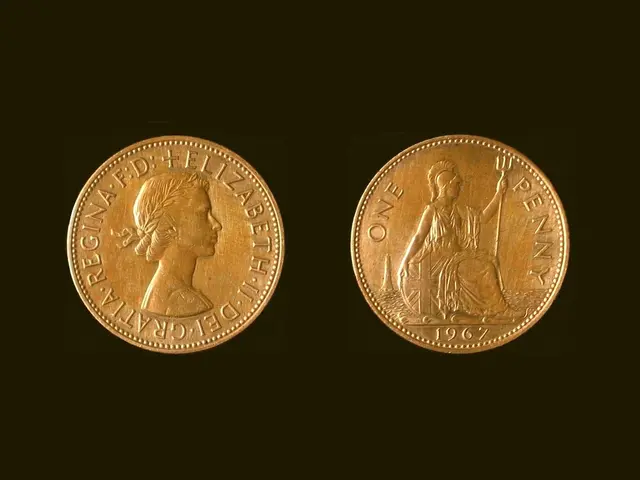"Device Known as Signal Injector Retains Potential Usefulness"
In the world of electronics repair, having a small signal injector can be a valuable tool, especially for those who frequently work on radios. This article will guide you through the process of creating a simple signal injector using an LM386, a popular audio power amplifier IC.
The LM386 is chosen for its simplicity and ability to drive headphones or a small speaker, making it ideal for DIY signal injectors. Here's a basic approach to creating a small signal injector similar to what you might see in electronics repair videos:
- Use the LM386 IC as the core of your circuit. It will amplify a low-frequency test tone, typically generated by an internal or external oscillator.
- Add a simple oscillator circuit feeding the LM386 input. This can be a basic RC relaxation oscillator or a 555 timer set to produce an audio tone, such as 1 kHz.
- Power the LM386 with a 9V battery for portability.
- Use a small capacitor (e.g., 0.01 µF) or coupling capacitor to feed the audio signal from the LM386 output into the radio circuit at the test point you want to check.
- Include a potentiometer at the output or input to adjust the signal level.
- Optionally, connect a headphone or small speaker at the output for audible confirmation of the injected signal.
The basic circuit components you'll need include:
- LM386 audio amplifier IC
- Resistors (e.g., 10k, 1k)
- Capacitors (e.g., 10 µF electrolytic, 0.01 µF ceramic)
- 9V battery and battery clip
- Potentiometer (e.g., 10k)
- Oscillator stage (simple RC oscillator or 555 timer)
This setup will provide a low-level test signal to check the responsiveness or troubleshoot stages of a radio receiver by injecting the signal at various points.
While there are no direct schematics for an LM386 signal injector available, the above approach synthesizes typical small signal injectors used in radio repair with LM386 amplifiers that are widely known in the electronics repair community.
If you're looking for a ready example or schematic, many hobbyist sites detail LM386 audio oscillator circuits that can be adapted for this purpose.
The process of making a signal tracer involves listening at the volume control and probing at specific points in the signal path. If a signal is not heard during the process of injecting a signal, the problem is likely after the volume. Signal tracers were once common equipment for radio repair, but an oscilloscope can now serve the same purpose.
However, some enthusiasts prefer signal tracers over signal injectors, as they are more passive. An LM386 can also be used to make a signal tracer, with the addition of a diode to demodulate RF. If no signal is heard during the process of making a signal tracer, the problem is likely earlier in the signal path.
A new project for making a small signal tracer originated from an earlier signal injector design and a bet with a friend. The project involves a call for people to submit their own designs for a little ad hoc contest.
In summary, building a small signal injector or tracer can be a rewarding DIY project for electronics enthusiasts. With the LM386, a few basic components, and a bit of creativity, you can create a useful tool for troubleshooting radio repair issues.
The LM386 IC, a popular audio power amplifier in DIY electronics, can be used to create a small signal injector or a signal tracer, following the steps outlined in this article. For those who are interested, they can participate in a little ad hoc contest to share their own designs for a small signal tracer, which can be an extension of the signal injector design.




